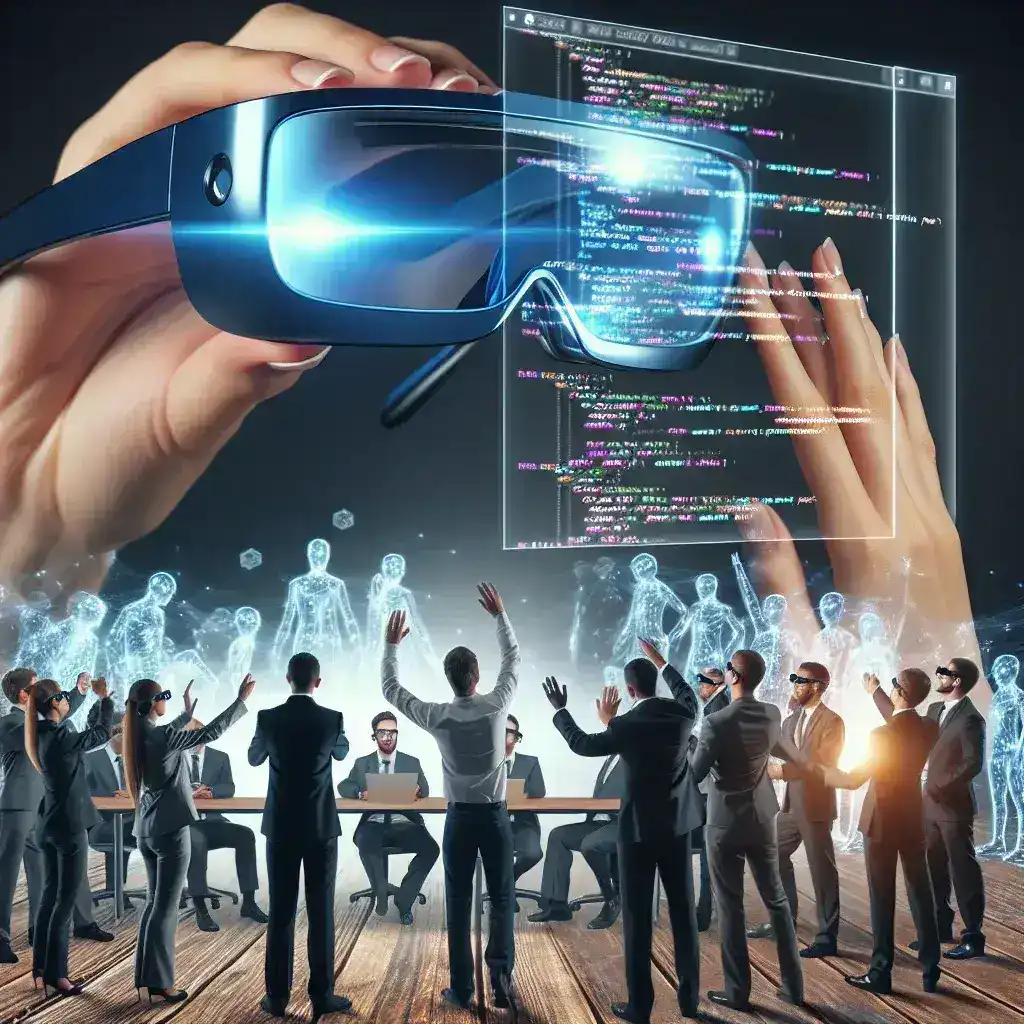Introduction
The world of augmented reality (AR) is continuously evolving, and at the forefront of this innovation is Magic Leap. Recently, the company unveiled the Magic Leap 3 prototype during a special event tailored for developers. This significant milestone not only demonstrates the technological prowess of the device but also sets the stage for a new era of immersive experiences.
Overview of Magic Leap
Founded in 2010, Magic Leap has been a pioneer in AR technology, striving to blend the digital and physical worlds seamlessly. The company gained substantial attention with its previous iterations, notably the Magic Leap One, which introduced spatial computing to a broader audience. As developers and businesses increasingly recognize the potential of AR, the anticipation surrounding the Magic Leap 3 has been palpable.
A Look at the Magic Leap 3 Prototype
Key Features
- Enhanced Visuals: The prototype boasts a higher resolution and improved field of view compared to its predecessors, promising a more immersive experience.
- Lightweight Design: Developers noted that the new design is significantly lighter, making it more comfortable for extended use.
- Advanced Hand Tracking: The prototype includes sophisticated hand-tracking capabilities, allowing for intuitive interactions with virtual objects.
- Spatial Audio: Enhanced audio technology creates a more realistic sound experience, further blurring the lines between the real and digital realms.
Demonstration Highlights
During the demo, developers were treated to a range of applications showcasing the device’s capabilities. One notable demonstration involved a collaborative environment where multiple users interacted with shared virtual objects, illustrating the potential for teamwork in an AR setting. Another captivating feature was the ability to create and manipulate large-scale 3D models in real time, providing designers and engineers with a powerful tool for prototyping and visualization.
Historical Context of AR Development
To fully appreciate the Magic Leap 3 prototype’s impact, it’s essential to look back at the history of AR technology. From the early days of simple overlay systems to today’s sophisticated immersive experiences, AR has come a long way. The introduction of devices like Google Glass and Microsoft HoloLens laid the groundwork for more advanced systems, paving the way for Magic Leap’s innovations.
Future Predictions: What Lies Ahead for Magic Leap 3?
As the AR market matures, the implications of the Magic Leap 3 prototype are vast. Industry experts predict a surge in AR adoption across various sectors, including education, healthcare, and entertainment. The capabilities demonstrated in the Magic Leap 3 could redefine how we interact with digital content, making it more engaging and accessible than ever before.
Potential Applications
- Education: AR can transform traditional learning by providing interactive and immersive educational experiences.
- Healthcare: Surgeons could benefit from enhanced visualizations during operations, leading to improved precision and outcomes.
- Gaming: The gaming industry stands to gain immensely from the Magic Leap 3, offering players a fully immersive gaming environment.
Pros and Cons of the Magic Leap 3 Prototype
Pros
- Cutting-edge technology that enhances user experience.
- Lightweight and comfortable design for prolonged use.
- Robust development tools that empower creators.
Cons
- High price point may limit accessibility for some developers.
- Potential technical limitations during initial launch phases.
- Dependence on ecosystem development for widespread adoption.
Expert Insights
Experts in the field of AR have expressed optimism regarding the capabilities of the Magic Leap 3 prototype. According to Dr. Jane Holloway, a leading researcher in AR technology, “The Magic Leap 3 represents a significant step forward in AR, particularly in terms of user engagement and interaction. Its potential to revolutionize various industries cannot be overstated.”
Conclusion
The Magic Leap 3 prototype demoed to developers has opened new horizons for augmented reality. With its advanced features and potential applications across multiple industries, it is poised to set new standards in the AR landscape. As developers continue to experiment with this innovative technology, we can expect a wave of creative applications that will redefine how we experience the digital world.
Looking Ahead
As we move forward, keeping an eye on the development ecosystem around the Magic Leap 3 will be crucial. Its success will not only depend on the hardware itself but also on the creativity and ingenuity of developers harnessing its potential. With a vibrant community and robust support, the future of AR seems not just promising but profoundly transformative.

